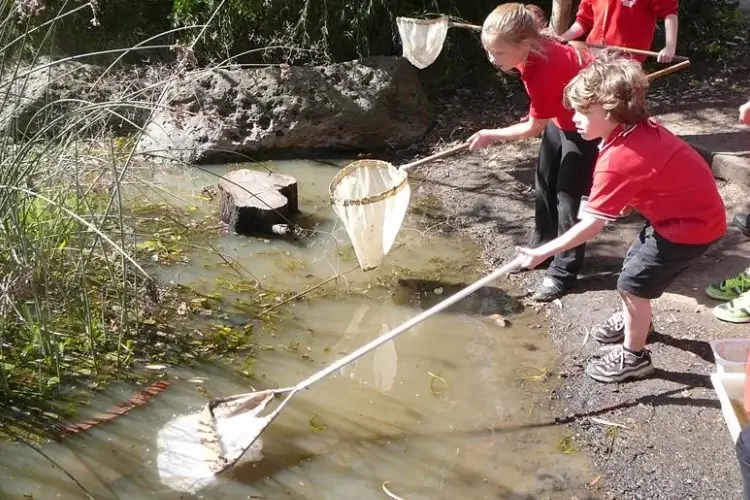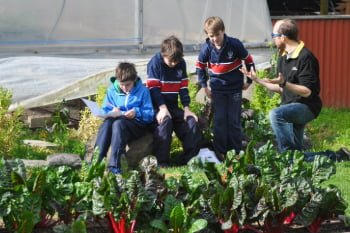Early learning
Our early learning activities are based on nature connection and wellbeing, inspired by our values at CERES: “helping people fall in love with the Earth, again.”
Our early learning activities are based on nature connection and wellbeing, inspired by our values at CERES: “helping people fall in love with the Earth, again.”
Inspire young minds and create the environmental leaders of tomorrow.
CERES is a public park that is free to visit. Enjoy the green spaces, the community, and our enterprises.
Inspire young minds and create the environmental leaders of tomorrow.
CERES is a public park that is free to visit. Enjoy the green spaces, the community, and our enterprises.
Keep learning at CERES. Spend a day learning a new skill in a workshop or take a multi-week course or wellbeing program that might just change the direction of your life.
The CERES School of Nature and Climate Resource Hub is packed with resources to support your learning.
The Schools for Wildlife Program guides students to design and create a fully planted, wildlife-friendly garden at your school.

Years 3-10, Staff
(Group of 30 students)
Funded program for eligible schools.
– Site assessment
– 1 x Teacher PD (online)
– 1 x Student Incursion (online)
– 2 x Student Incursions (in-person)
At your school, and via an online platform
A CERES educator guides up to 30 students to learn about Australian biodiversity, and to plan and grow a wildlife-friendly garden at school.
For State schools in or near metropolitan Melbourne, CERES can deliver the program for free to student cohorts who are disengaged, or at risk of being disengaged, disadvantaged, culturally or linguistically diverse, disabled, Koorie or from low SES backgrounds.
This program is funded by the Victorian Department of Education. Funded places are also available through Banyule City Council. Alternatively, schools may choose to fund their own garden at discounted prices – ask us how.
The Schools for Wildlife Program engages students and staff in learning about the importance of biodiversity and creating a wildlife-friendly garden on school grounds.
The program has five elements:
The program combines online sessions and direct, hands-on experiences to foster a comprehensive understanding of environmental stewardship and Australian biodiversity. This initiative creates a living classroom, offering diverse learning opportunities in sustainability and ecology, tailored to different learning ages and styles.
For schools in the ResourceSmart Schools program, taking part in Schools for Wildlife can also tick off plenty of actions in the RSS biodiversity module. Check out our handy checklist of actions you can tick off here.
A CERES educator will work with your school to participate in this exciting new program, engaging your students in the outdoors and positively influence their behaviours towards the natural environment.


